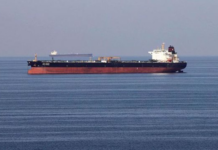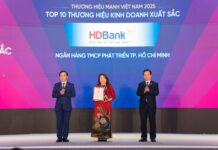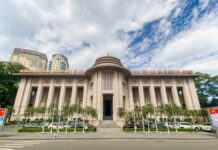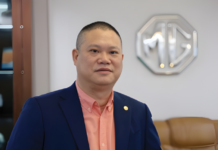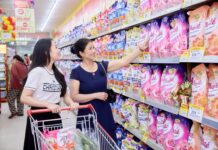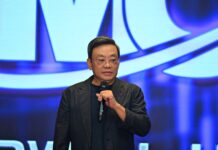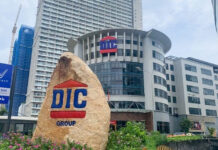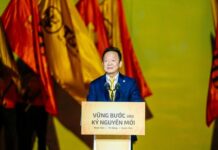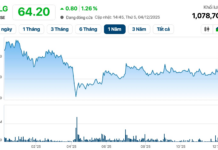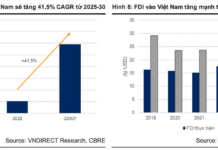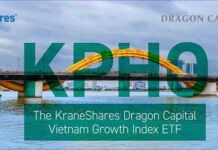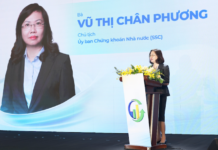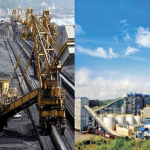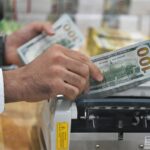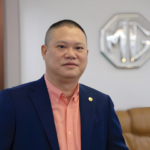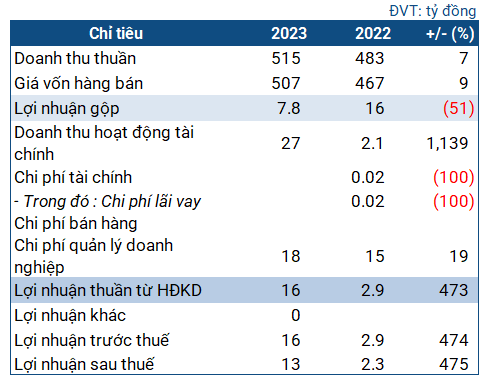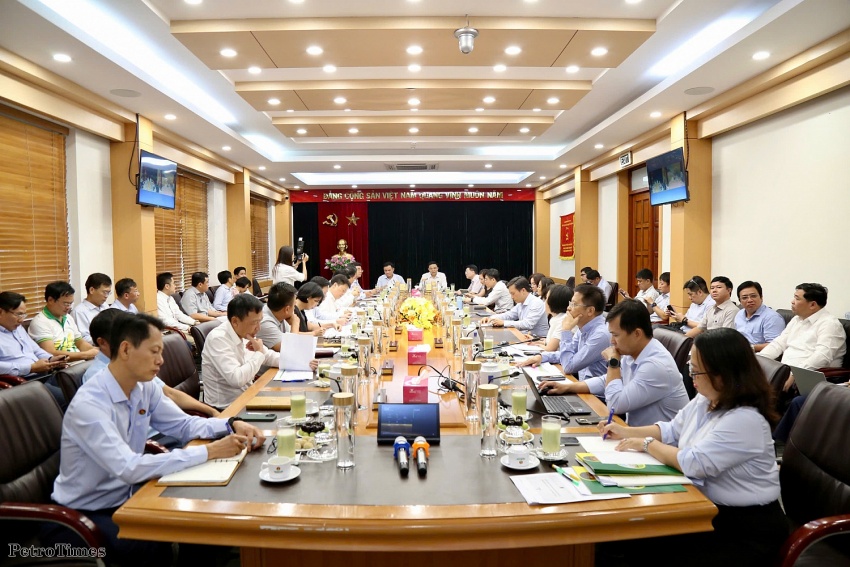
Petrovietnam’s leaders and the gas-power-fertilizer units discuss gas supply and demand in the East and Southwest regions.
|
The meeting was chaired by Petrovietnam’s Chairman of the Members’ Council, Le Manh Hung, and General Director Le Ngoc Son, with the participation of Members of the Members’ Council Bui Minh Tien and Pham Tuan Anh, Deputy General Director Le Xuan Huyen, and leaders of specialized departments and the Group’s Office, both in-person and online, at the Hanoi branch.
Representatives from the gas-power-fertilizer chain, including Vietnam National Gas Corporation (PV GAS), Vietnam Oil and Gas Power and Energy Joint Stock Company (PV Power), Vietnam Oil and Gas Fertilizer and Chemical Corporation (PVFCCo), and Ca Mau Fertilizer Joint Stock Company (PVCFC), attended the meeting and presented their reports.
During the meeting, the units reported on their production and business performance in the first six months of the year, focusing on the challenges and obstacles related to gas supply, demand, and pricing. They also proposed solutions to address the difficulties regarding gas sources and pricing in the upcoming period.
According to the reports, the domestic gas sources are experiencing a significant decline. The development of the White Tiger field phase 2B (for the Southeast region) and the extension of PM3-CAA and adjacent small fields (for the Southwest region) play a crucial role in mitigating the decline in domestic gas supply and meeting demand.
Specifically, for the Southeast region, the LNG from the Thi Vai (3 million tons) and Son My (6 million tons) depots will be sufficient to meet gas demand if there are no new large-scale consumers and power plants are dispatched as in 2023-2024. As for the Southwest region, developing adjacent small fields will only meet the gas demand for consumers in Ca Mau until 2030. Therefore, a comprehensive assessment and long-term development plan for gas sources are necessary, including extending PM3-CAA, developing small fields, purchasing gas from Petronas, and diversifying LNG sources.
The units’ reports also mentioned the cyclical nature of gas mobilization throughout the year, with higher gas-fired power generation during the dry season and a significant decrease during the rainy season. This requires adjustments in gas dispatch, even in the long-term context of increasing LNG production.
With the projected long-term growth in power demand and the inability of generation capacity to keep up, there will be a need to increase the dispatch of gas-fired power plants. Therefore, developing gas sources, especially LNG, is essential, particularly as domestic gas sources decline. However, LNG project development faces challenges related to mechanisms and policies. PV Power’s operational landscape is also challenging due to the lack of gas and the current power dispatch mechanism.
 PVFCCo Chairman Nguyen Xuan Hoa reported on the difficulties regarding gas sources and pricing for fertilizer production.
|
Le Ngoc Son, General Director of Petrovietnam, stated that the current gas supply for both the East and Southwest regions is declining and facing shortages. He proposed short-term solutions, such as focusing on overcoming challenges and ensuring the efficiency of the chain to prevent significant losses. For the long term, he suggested petitioning the authorities to establish mechanisms and policies to support the gas industry.
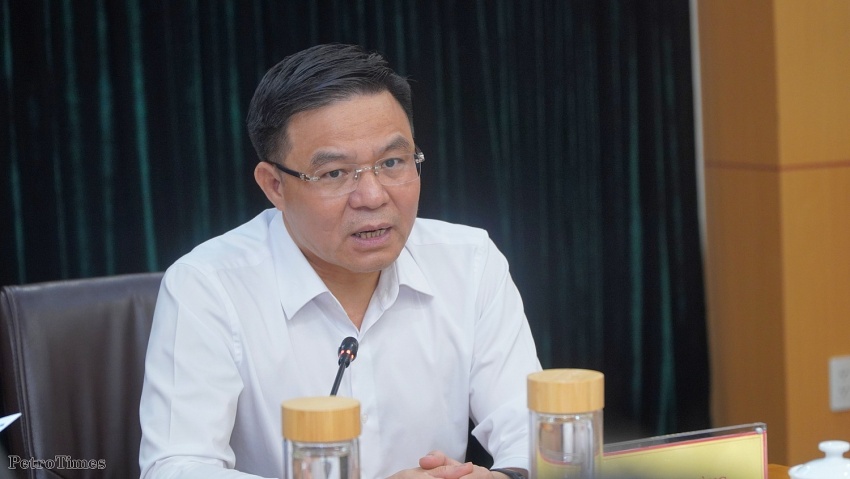
Le Manh Hung, Chairman of Petrovietnam’s Members’ Council, concluded the meeting.
|
In his concluding remarks, Le Manh Hung, Chairman of Petrovietnam’s Members’ Council, instructed the leaders and specialized departments of the Group to promptly conduct a comprehensive assessment of the current situation and challenges regarding gas supply and demand balance nationwide. Based on the orientations of the Political Bureau and the Group’s ongoing strategies, he emphasized the importance of developing a long-term strategy for the chain. He also urged active engagement with relevant authorities to address difficulties and promote the early issuance of mechanisms and policies related to upstream, midstream, and downstream activities to ensure the chain’s sustainable development. Additionally, he highlighted the need to build a product portfolio and solutions, enhance external ecosystem collaborations (with Petronas and EVN), and strengthen governance practices.


